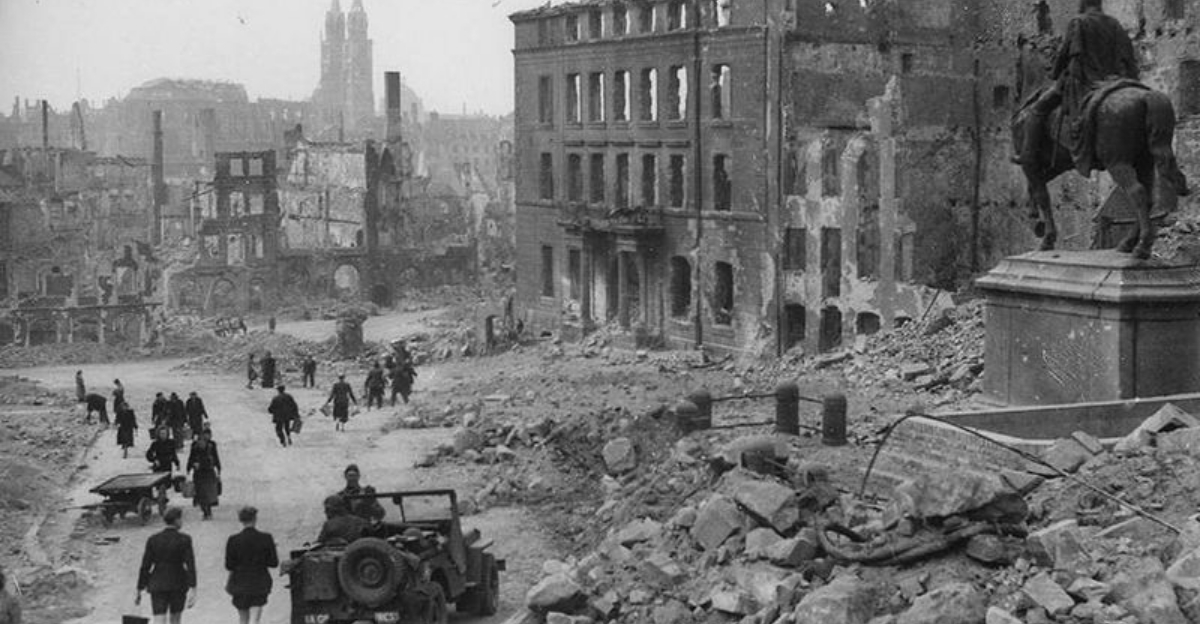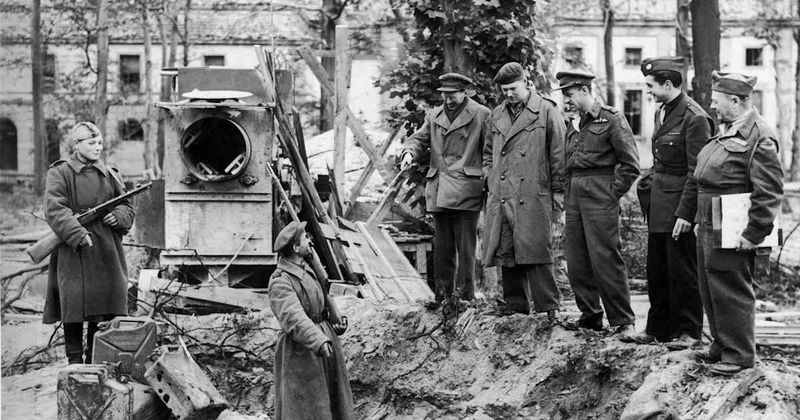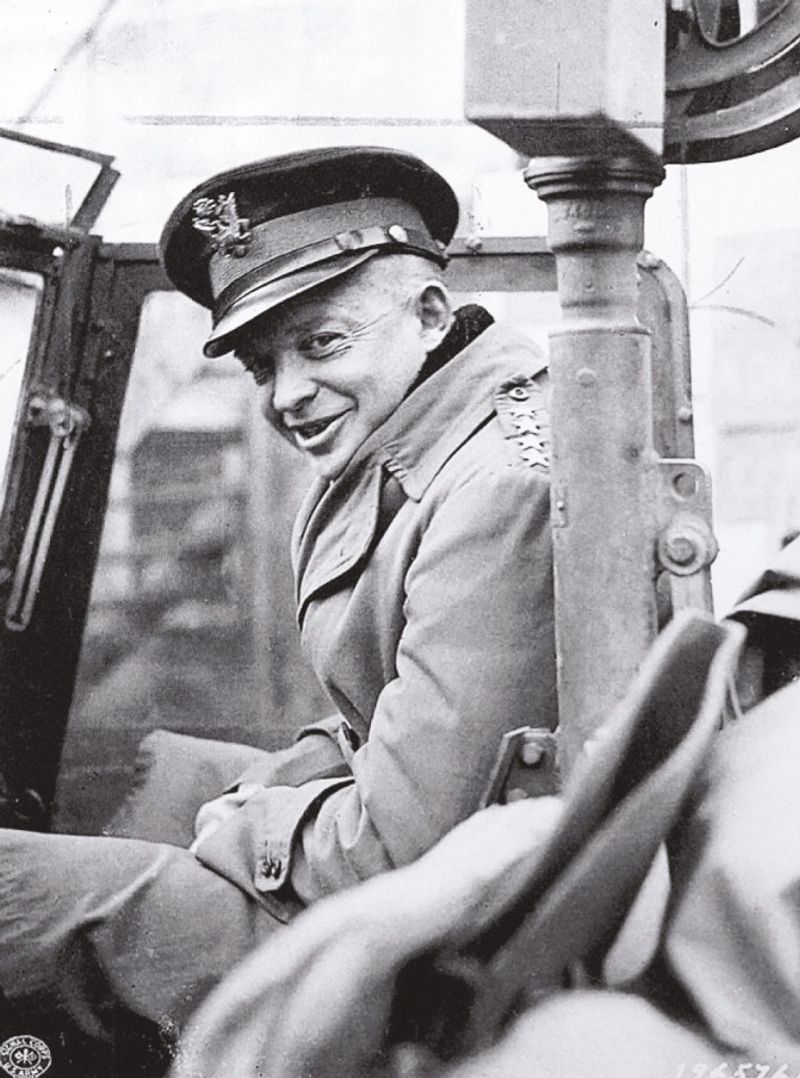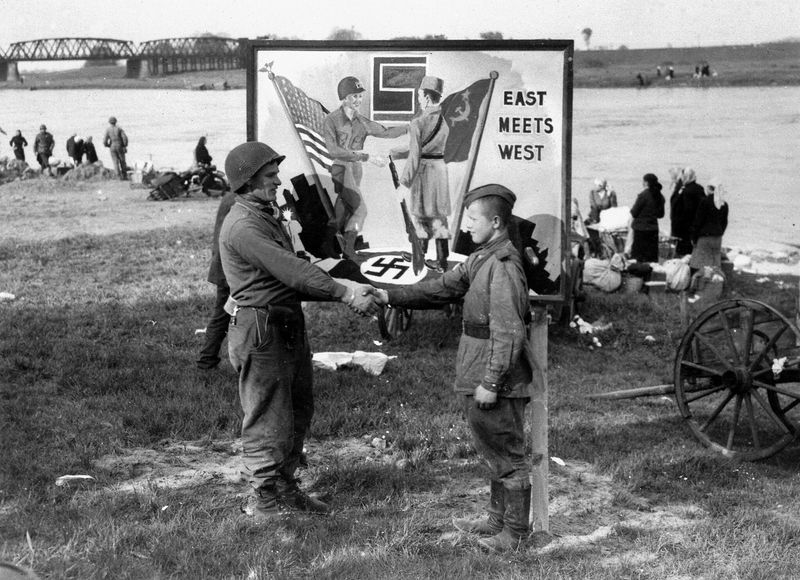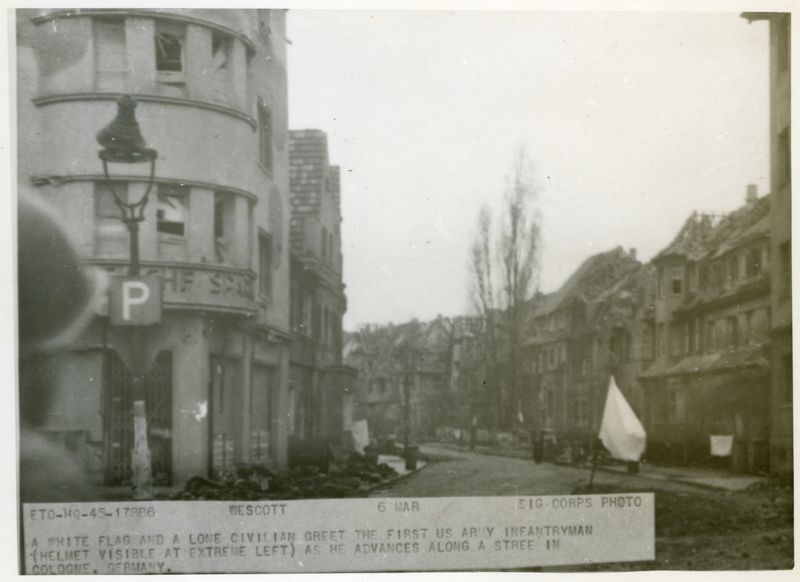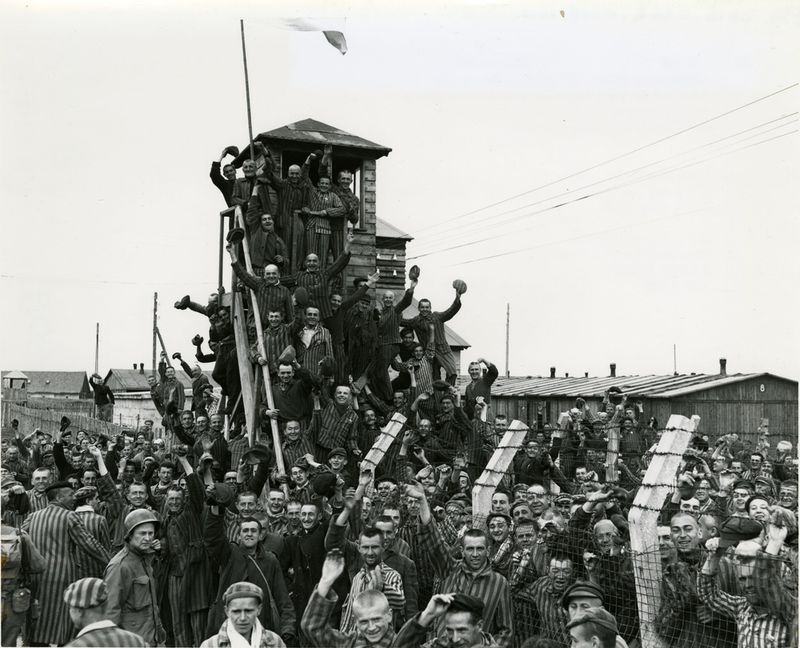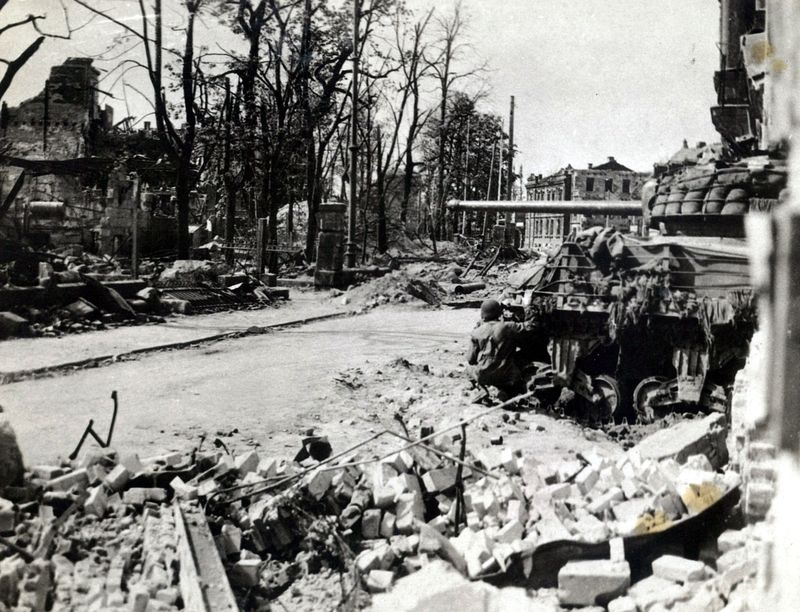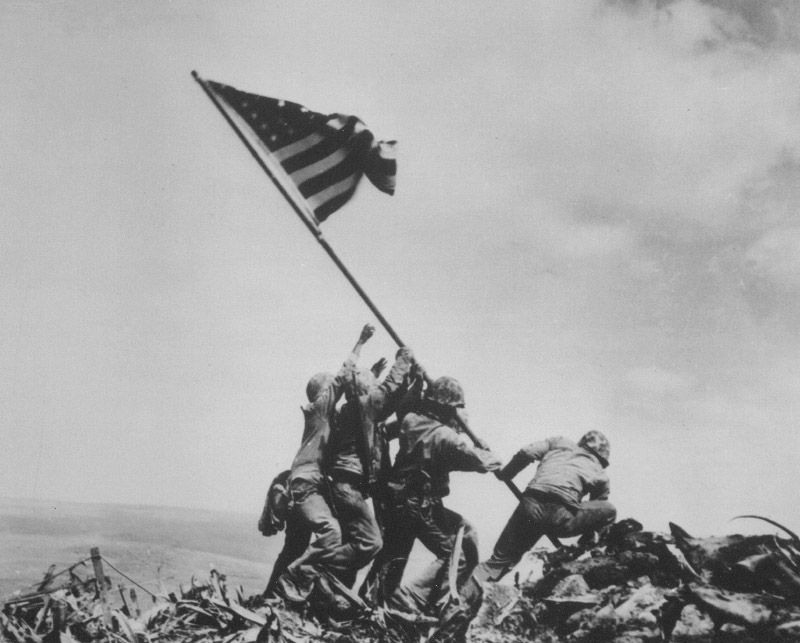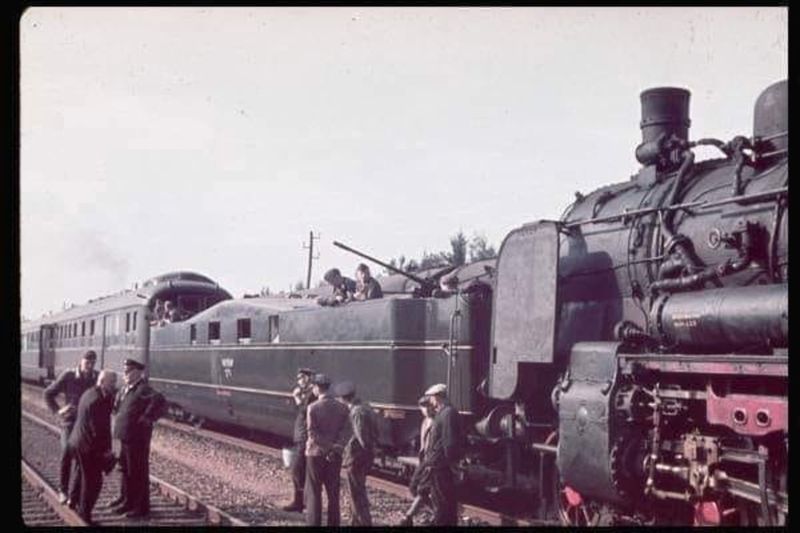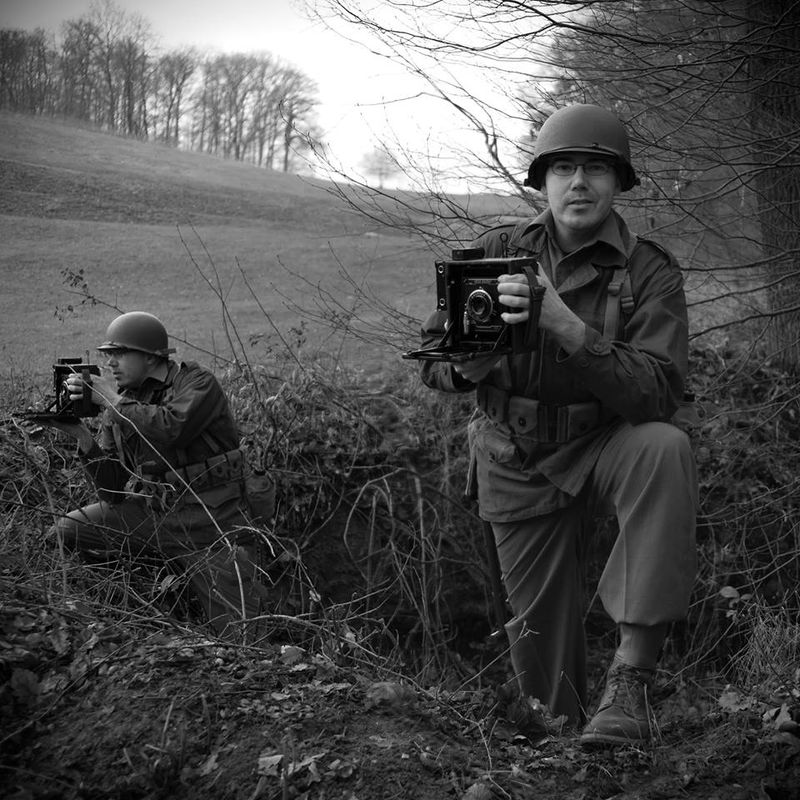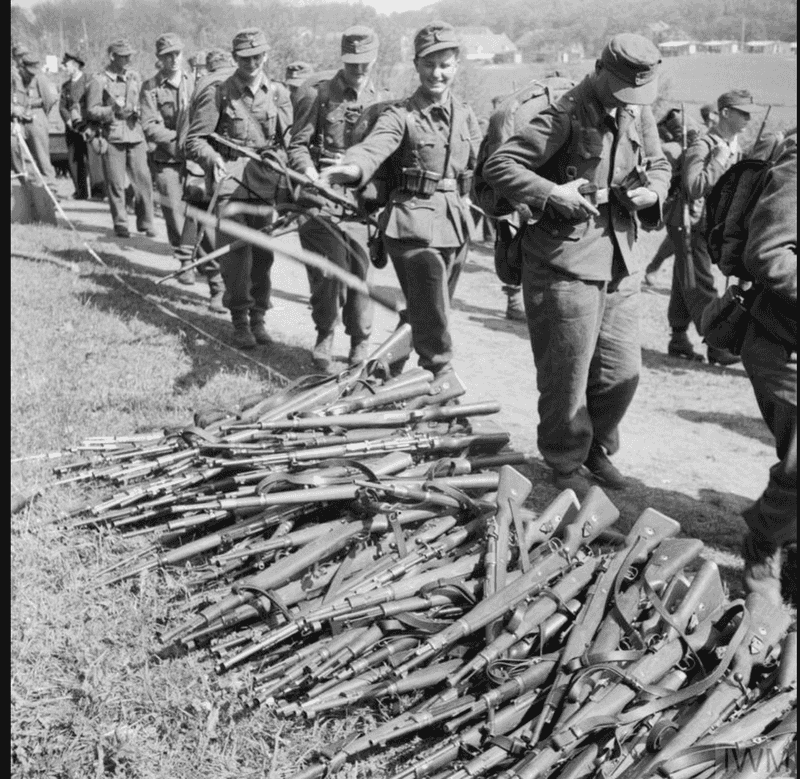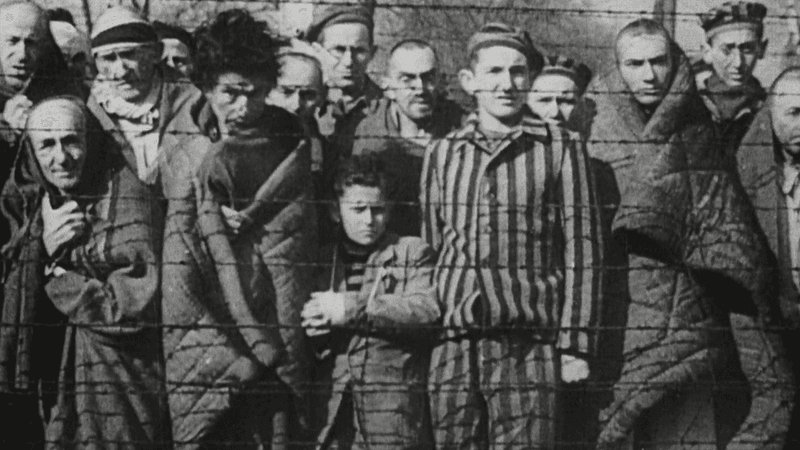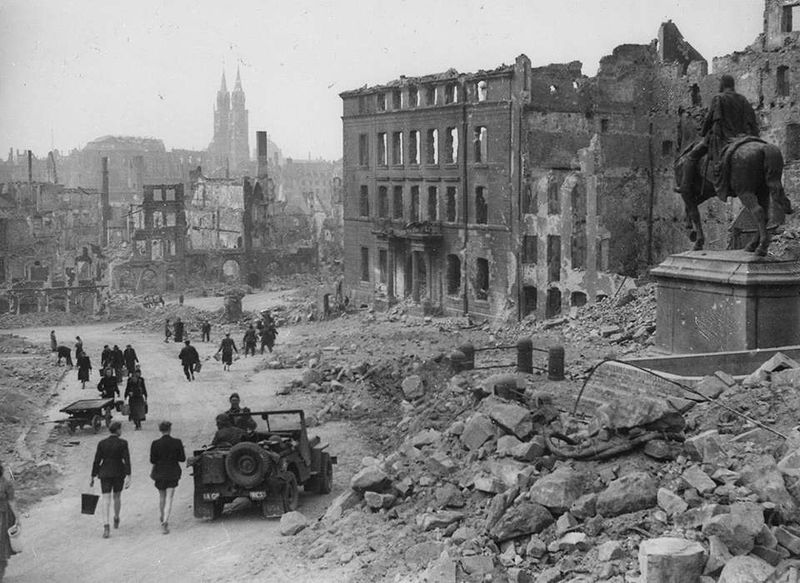On an extraordinary day in April 1945, American troops reached the very heart of Nazi Germany, marking a pivotal moment in World War II. This audacious move happened just weeks before Adolf Hitler’s death, as U.S. forces made strategic advances into cities steeped in Nazi power. These twelve incredible facts capture the drama, heroism, and historical significance of that day, offering a vivid glimpse into the closing chapters of a dark era.
1. It Happened Just Weeks Before Hitler’s Death
In the final days of April 1945, American troops surged into the heart of Nazi Germany just weeks before Adolf Hitler’s demise in his Berlin bunker. This dramatic advance signaled the imminent collapse of the Nazi regime.
As Allied forces closed in from all sides, Berlin became a city under siege. The atmosphere was tense, with anticipation hanging thick in the air.
Hitler’s death on April 30, following the American advances, marked the end of an era, leaving a power vacuum in a war-torn Germany.
2. Eisenhower Refused to Storm Berlin
General Dwight D. Eisenhower, the Supreme Allied Commander, made a calculated decision not to storm Berlin. Instead, he allowed Soviet forces to take the city, focusing U.S. efforts on other strategic targets.
This decision was guided by strategic diplomacy, avoiding potential casualties and political friction with the Soviets.
Ultimately, Eisenhower’s choice underscored the complex military and political landscape of the time, leading to the capture of critical centers like Leipzig and Munich by American troops.
3. The U.S. Met the Soviets at the Elbe River
On April 25, 1945, a momentous meeting occurred when American and Soviet forces joined hands at the Elbe River in Torgau. This iconic handshake symbolized the crumbling of the Nazi regime.
The meeting was filled with camaraderie and relief as soldiers from both sides realized the end of the war was near.
This historic encounter reinforced the alliance between the two great powers, setting the stage for the eventual defeat of Nazi Germany and the post-war world order.
4. German Civilians Lined the Streets with White Flags
As American troops entered German towns, the sight of civilians waving white flags greeted them. This spontaneous act of surrender was a poignant image of the war’s final days.
The white flags fluttered like ghostly symbols of defeat, reflecting the civilian population’s desire for peace and the end of Nazi rule.
For many Germans, this was a moment of mixed emotions—relief mingled with uncertainty about the future in a nation on the brink of occupation and rebuilding.
5. They Freed Thousands from Nazi Camps
As U.S. troops advanced, they encountered the horrors of Nazi concentration and labor camps. Thousands were freed from places like Dachau, bringing the atrocities of the Holocaust to light.
The soldiers were often met with harrowing scenes—emaciated prisoners and unspeakable conditions that shocked the world.
This liberation was a sobering reminder of the evil the Allies fought against, and it provided a turning point in global awareness of the Holocaust’s scale and brutality.
6. Entire Nazi Cities Fell in Days
Cities once bustling with Nazi pride, such as Nuremberg and Leipzig, fell to American forces within hours or days. The speed of these captures stunned even seasoned German commanders.
The rapid collapse of these strongholds marked a significant blow to the Nazi regime, symbolizing its weakening grip on power.
Amidst the ruins, the swastika’s shadow was replaced by the Stars and Stripes—a powerful image of victory and hope for a war-weary world.
7. The American Flag Flew in the Heart of the Third Reich
In an emblematic moment, the American flag was raised over iconic Nazi locations, once dominated by swastikas. This act symbolized the triumph of freedom over tyranny.
From rally grounds to government buildings, the Stars and Stripes fluttered triumphantly, a beacon of liberation in a land once shrouded in oppression.
This powerful imagery marked the beginning of a new chapter, as American forces brought democracy’s promise to the heart of the former Third Reich.
8. They Found Hitler’s Private Train
Hidden deep in the forest, American soldiers stumbled upon Hitler’s opulent train, Amerika. Abandoned as Nazi leaders fled, it symbolized the regime’s hasty retreat.
The train, a relic of Nazi luxury, stood silent amidst the trees—a stark contrast to the chaos unfolding across Germany.
Discovering this mobile palace offered a unique glimpse into Hitler’s world, a world rapidly unraveling as Allied forces seized control and brought an end to the tyranny.
9. Combat Cameramen Documented Every Step
U.S. Army photographers captured astonishing footage as they advanced through Nazi Germany. Their work preserved the visual history of the war’s final days.
These combat cameramen documented everything from liberated cities to concentration camp horrors, providing a powerful testament to the Allied victory.
Many images remained classified for years, revealing the stark reality of a defeated Nazi state and the resilience of those who fought for freedom.
10. German Forces Often Surrendered Without a Fight
Facing inevitable defeat, many German troops surrendered en masse as American forces advanced. This was often done to avoid capture by the Soviets.
Surrendering to the Americans was seen as a more favorable option, sparing them from harsher treatment and potential retribution.
The capitulation of German soldiers highlighted the crumbling morale within the Nazi ranks and the strategic shift in the war’s final stages.
11. The World First Saw Nazi Atrocities Through U.S. Eyes
American forces were among the first to expose Nazi war crimes to the world. As they discovered concentration camps and mass graves, they bore witness to unimaginable horrors.
The images and reports that followed sparked global outrage and increased awareness of the Holocaust’s scale.
This revelation helped galvanize international efforts to hold Nazi war criminals accountable, shaping the post-war pursuit of justice and human rights.
12. The Victory Paved the Way for Modern Germany
The fall of Nazi Germany’s center marked the beginning of a new chapter for the nation. U.S. victory paved the way for Germany’s transformation into a democratic ally of the West.
Reconstruction efforts began amidst the ruins, focusing on rebuilding a society based on freedom and peace.
This pivotal moment laid the groundwork for Germany’s remarkable post-war recovery, turning a former foe into a vital partner in global stability and prosperity.
